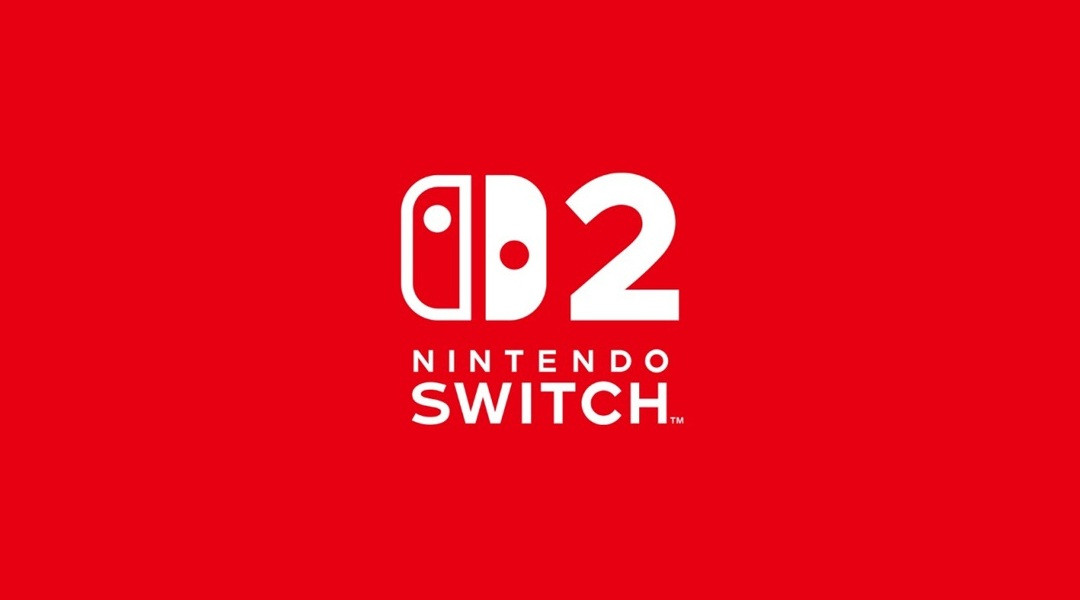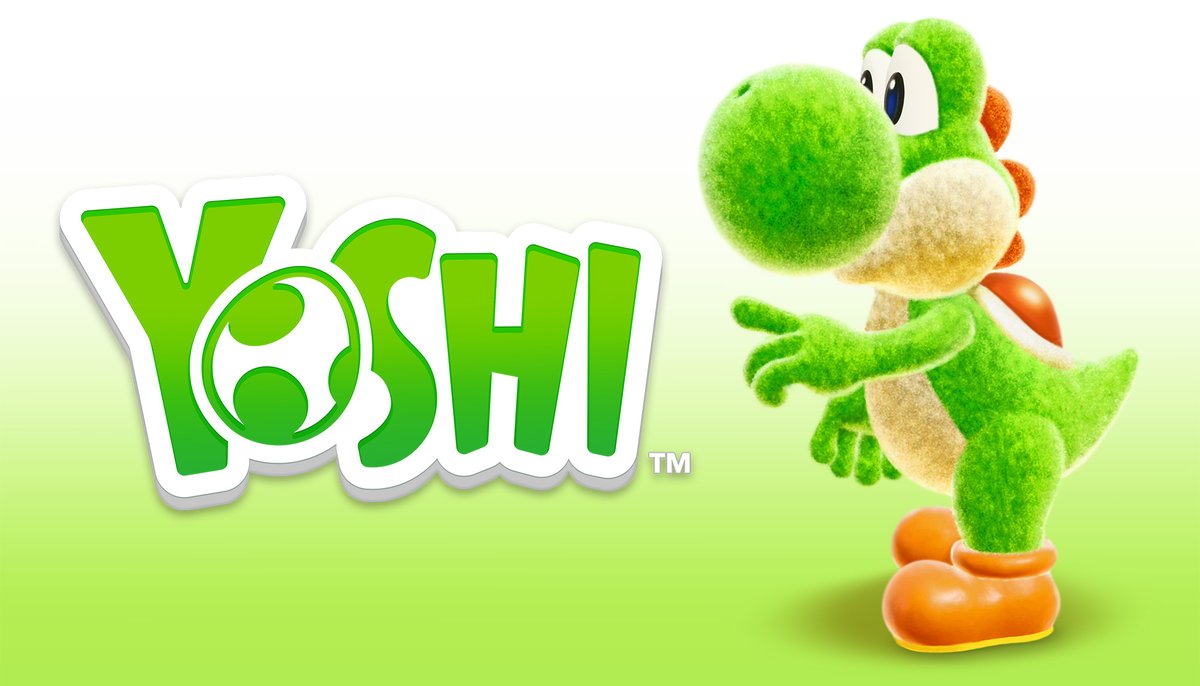Nintendo Joy-Con Price Increase: Addressing Quality Enhancements and Magnetic Technology on Nintendo Switch
Entry information
Published on: April 15, 2025
Description
Nintendo’s Joy-Con controllers have remained a cornerstone of the Nintendo Switch experience since the console’s global launch in March 2017.
Known for their innovative design, HD rumble, and motion controls, Joy-Con units have long been a staple for both casual and hardcore gamers.
Recently, Nintendo announced a price increase for its newly updated Joy-Con models, sparking discussion within the gaming community and raising questions about the factors influencing this change.
Historically, Joy-Con controllers have endured widespread scrutiny regarding longevity and build quality, specifically issues surrounding stick drift and general wear over time.
The latest models introduce enhanced magnetic technology, aiming to mitigate past durability concerns and deliver a more robust gaming experience for Switch users.
This key hardware update necessitates different manufacturing processes and premium materials, which are major contributors to the increased pricing of these updated controllers.
Nintendo, in a statement provided to the press, acknowledged the cost implications related to these hardware improvements: "The new pricing structure reflects our commitment to elevated quality standards and the adoption of advanced components to enhance gameplay enjoyment and reliability on Nintendo Switch." The company emphasized that this focus on quality is central to their design philosophy, and these changes are intended to address performance feedback received over the years from the Nintendo community.
Industry analysts note that the use of improved magnetic parts in the new Joy-Con models could reduce the kinds of degradation and loss of magnetic strength that might occur with cheaper metals—a problem frequently cited in subpar third-party controllers.
Rather than risking backlash from potential hardware failures over time, Nintendo appears to be proactively addressing any risks associated with the integration of magnets, ensuring that such upgrades withstand rigorous long-term use.
Additionally, there is no indication from Nintendo that new features such as remagnetization while charging—something that has raised safety concerns in other consumer electronics—are being implemented.
Any further details on long-term reliability will become clear through subsequent hardware teardowns and user reports.
Nintendo’s willingness to invest in product enhancements underscores their continued commitment to user satisfaction on the Nintendo Switch platform.
With an installed base exceeding 125 million units globally as of early 2024, and Joy-Con controller sales remaining strong on the eShop and via retail partners, Nintendo’s attention to hardware reliability is pivotal to maintaining consumer trust.
As the new Joy-Con controllers begin shipping worldwide, the industry will watch closely to see how these technological improvements are received both by longtime Nintendo fans and by first-time Switch owners.
For now, the price increase is matched by a promise: an improved, more resilient control experience worthy of the Nintendo name.






